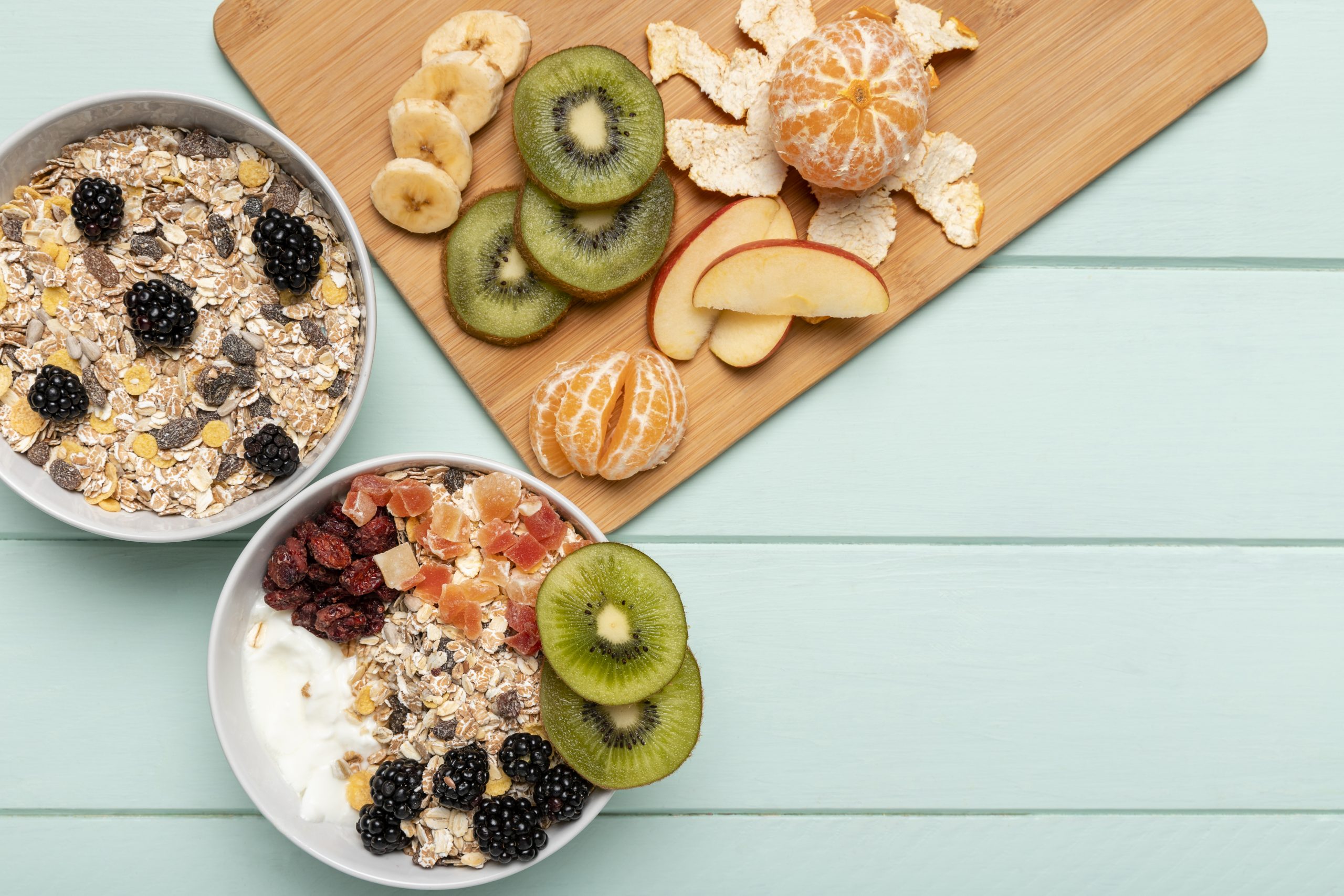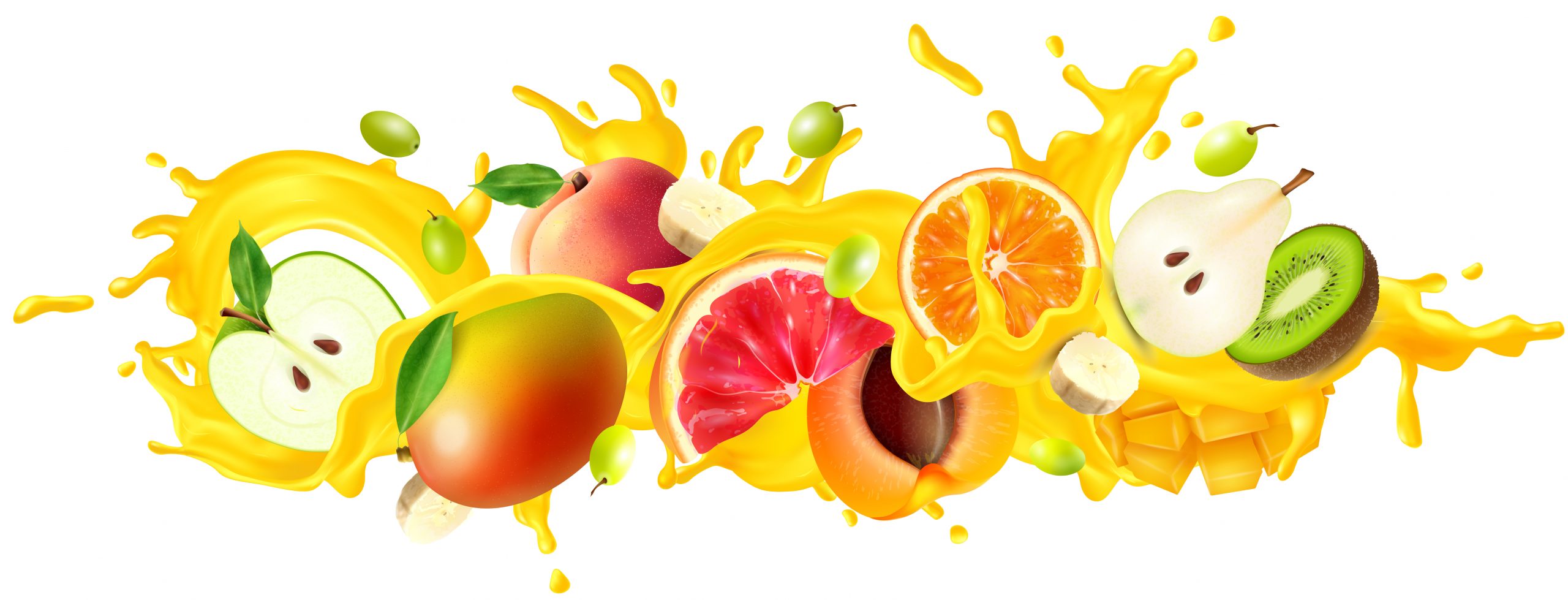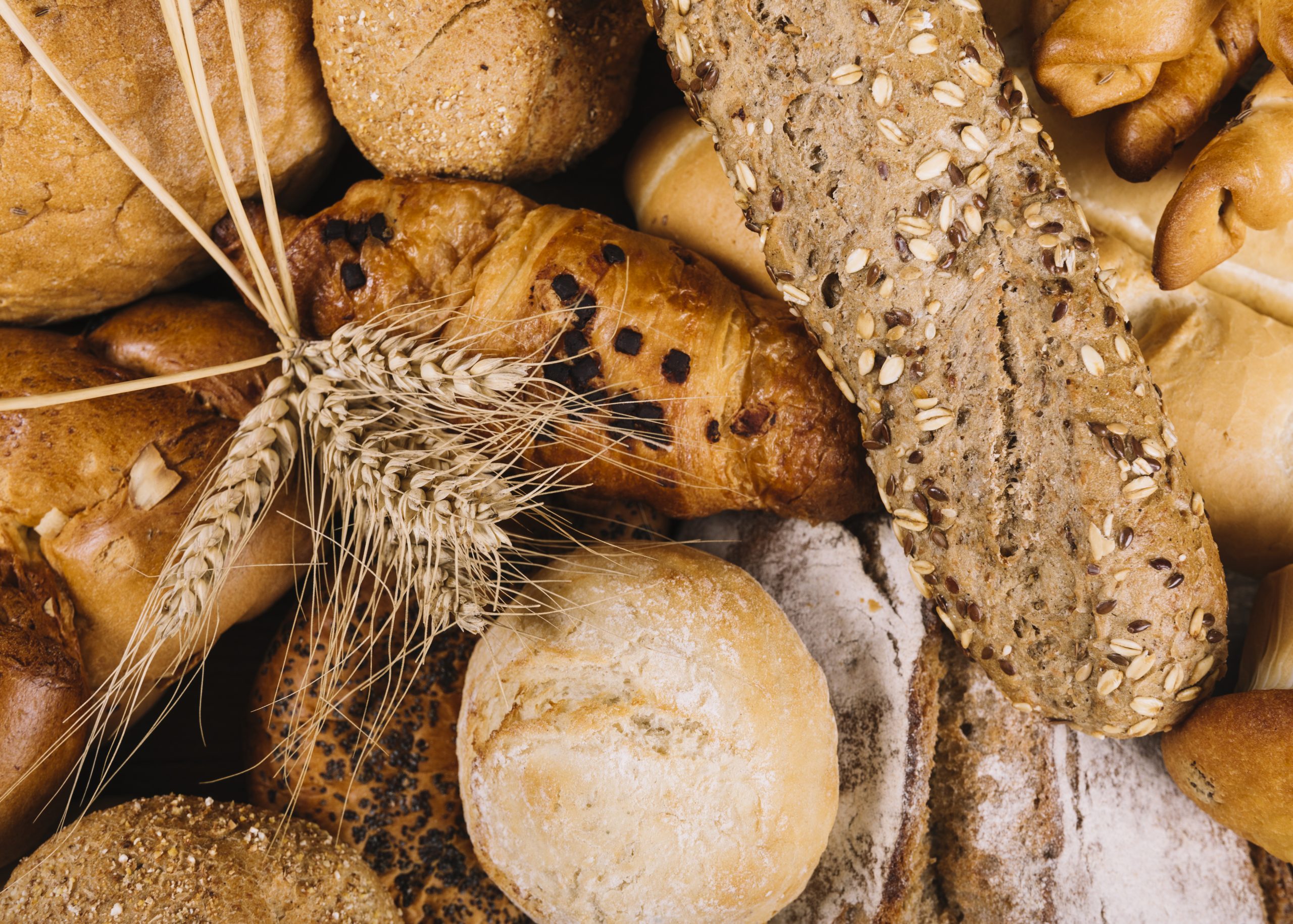
“Eat more vegetables and fruits to get your fiber!” You may have heard these words. But what is fiber, really? How it works to improve our health? Let us take a closer look on it!
Fiber is a type of carbohydrate that our body cannot digest undigested. Though most carbohydrates are broken down into sugar molecules but fiber cannot be broken down into sugar and thus it will pass through our body. These carbohydrates often considered beneficial in which mostly come from fruits, vegetables and legumes (1, 3, 6).

Soluble fiber
Dissolves in water; absorb water to form a gel like substance that slow the digestion and cause you to feel full. They have been shown to decrease cholesterol and lower blood glucose. Common source of soluble fiber includes beans, oat bran, fruits and vegetables. It is also found in pysllium, a common fiber supplement.
Insoluble fiber
Does not dissolve in water; Increase fecal bulk and appear to help food pass more quickly through the digestive tract so it can be of benefit to those who struggle with constipation and irregular stools.
Facts About Fiber (3,4)

#1 Fiber aids in achieving healthy weight.
#2 Fiber fight diseases. It appears to reduce risk of developing various health conditions including heart disease, diabetes, constipation and breast cancer.
#3 Fiber helps to lower cholesterol.
#4 Fiber helps to regulate blood glucose.
#5 Recommended dietary fiber intake per day for all age group is 20-30g/day. However, if a person is not currently eating enough of fiber, he or she should increase his or her fiber intake slowly to avoid gas and bloating.

#6 More fiber needs more water. When eating a high fiber diet, be sure to drink at least eight or more glasses of water every day.
#7 Fiber aids in improving digestion by increasing stool bulk and regularity. A high-fiber diet may help reduce the risk of hemorrhoids and diverticulitis.
#8 Too much fiber is a bad thing. You may experience abdominal cramping, bloating, gas, constipation and even diarrhea.
#9 Fruit and vegetable peels are rich in several nutrients including fiber. Eating unpeeled fruits and vegetables keep you feel full longer due to its high fiber content. However, certain fruit and vegetable peels may be hard to consume or simply inedible. These peels are best removed and not eaten.
#10 Fruits and vegetable juice has less fiber than whole fruits and vegetable. This is because the skin is removed and thus it is more healthful to eat whole fruit and vegetable.
#11 Fiber cannot be cooked out.
Tips to Increase fiber intake (5,7)
Consume products that have whole grain listed as the first ingredients, high fiber content and low fat and sugar content.
Replace white rice, bread and pasta with brown rice and whole grain products.

Include legumes in your diet (beans, dried peas and lentils)

Eat unpeeled whole fruit and vegetables not juice.
Snack on fruits and vegetables
Take a fiber supplement (e.g psyllium)
In conclusion,
Fiber is an important dietary substance to your diet. This is because high fiber foods are also good sources of vitamins, mineral and antioxidants which offer many health benefits. Therefore, as one of the key ingredients to healthy eating, fiber is something you cannot skip.
References